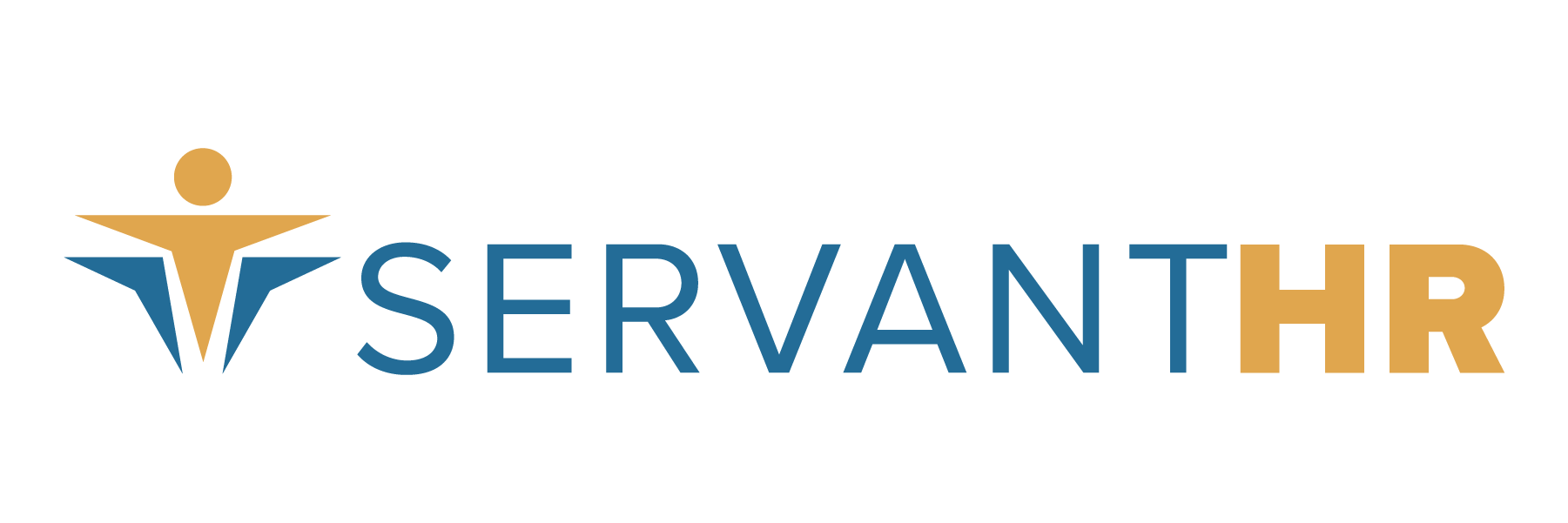You pay your employees an hourly wage or salary. You know that number. They know that number. It’s the one they use to pay bills, put food on the table, fill their gas tanks and clothe their families. You remind your employees of that number on a regular basis by way of a paystub or check. But that number is just part of the investment you make in your employees.
Showing your employees a more complete picture of how and how much you are spending on them can help you hire and retain top employees, and assist in compensation analyses to inform your salary and wage decisions.
This complete picture is often called a “hidden paycheck.”
Employers invest so much more in their employees than just a base salary. One of things that human resources professionals can do is explain to a controller or accountant how much the business spends on the employee beyond base wage or hourly rate. Those things can include overtime pay, FICA tax, Social Security payments, unemployment compensation fund payments made to the state, workers’ compensation, and benefits such as health, dental, vision, life, disability and retirement. All those tangible dollars or benefits that are paid on behalf of the employees are part of the hidden paycheck. A Human Resources Information System (HRIS) can tally up the numbers and uncover the hidden “pay” employees receive.
But a hidden paycheck isn’t for every business. Here are some pros and cons for employers to consider before proactively divulging their numbers.
PRO: They can bring to light your best assets.
For companies with robust retirement plans or benefits plans — paying for substantially more than 50 percent of employee benefits — a hidden paycheck can accentuate the positive. Other programs like tuition reimbursement, bonuses and commissions can be quantified and should be part of a hidden paycheck.
CON: They can uncover your shortcomings.
If you don’t have a strong benefits plan, you probably don’t want to draw attention to that fact.
PRO: They help make you competitive.
When an employer can quantify just how much an employee costs, you can use that information to execute a compensation analysis to see how competitive your company is in the marketplace. As a result, you might want to make wage, salary or benefits adjustments to help keep you well staffed and on a growth track.
CON: Employee response is unpredictable.
One risk of providing a hidden paycheck is that you never know how employees will react. You don’t want to come across as self-serving, as though you’re saying, “Hey, you’re lucky to have all these perks,” which would certainly bring a negative response. Instead, the hidden paycheck should be provided as a demonstration of the employer’s transparency and as a way of saying, “Yes, we value you. And here are the numbers that show how much we appreciate,” so the response will be more like, “Wow. I didn’t know you were covering all those costs on my behalf. Thanks.”
PRO: They can help you keep good people.
If you have spent time developing your employees to be valuable assets to your company, you don’t want them going anywhere. If they are only familiar with their annual salary total, they might be tempted to find a bigger number elsewhere. A hidden paycheck can help them understand that they are getting much more than what they see on a paystub, putting you in a better position to have loyal employees.
CON: They can encourage employees to look elsewhere.
If an employee sees his or her hidden paycheck and decides the numbers don’t add up in his or her favor, a job vacancy might be in your future. If you are taking steps to retain employees with a solid benefits plan, this should not be a problem. But if other parts of your HR machine aren’t in place such as employee engagement strategies, fair policies and a healthy company culture, an unimpressive hidden paycheck could be the straw that breaks the camel’s back.
PRO: They divulge administrative costs.
Besides the legal obligations and benefits you pay for each employee, there are administrative dollars spent. Equipment, office/building space, vacation time, holiday breaks — all of these things cost money, and it’s useful for employers to know how much they are spending or saving with their current choices and HR policies.
Generally, a hidden paycheck is a well-received, effective way to communicate the value an employer places on its employees. If you are interested in more information on producing a hidden paycheck, contact me, Mike Yoder, at 317-585-1688.





